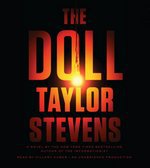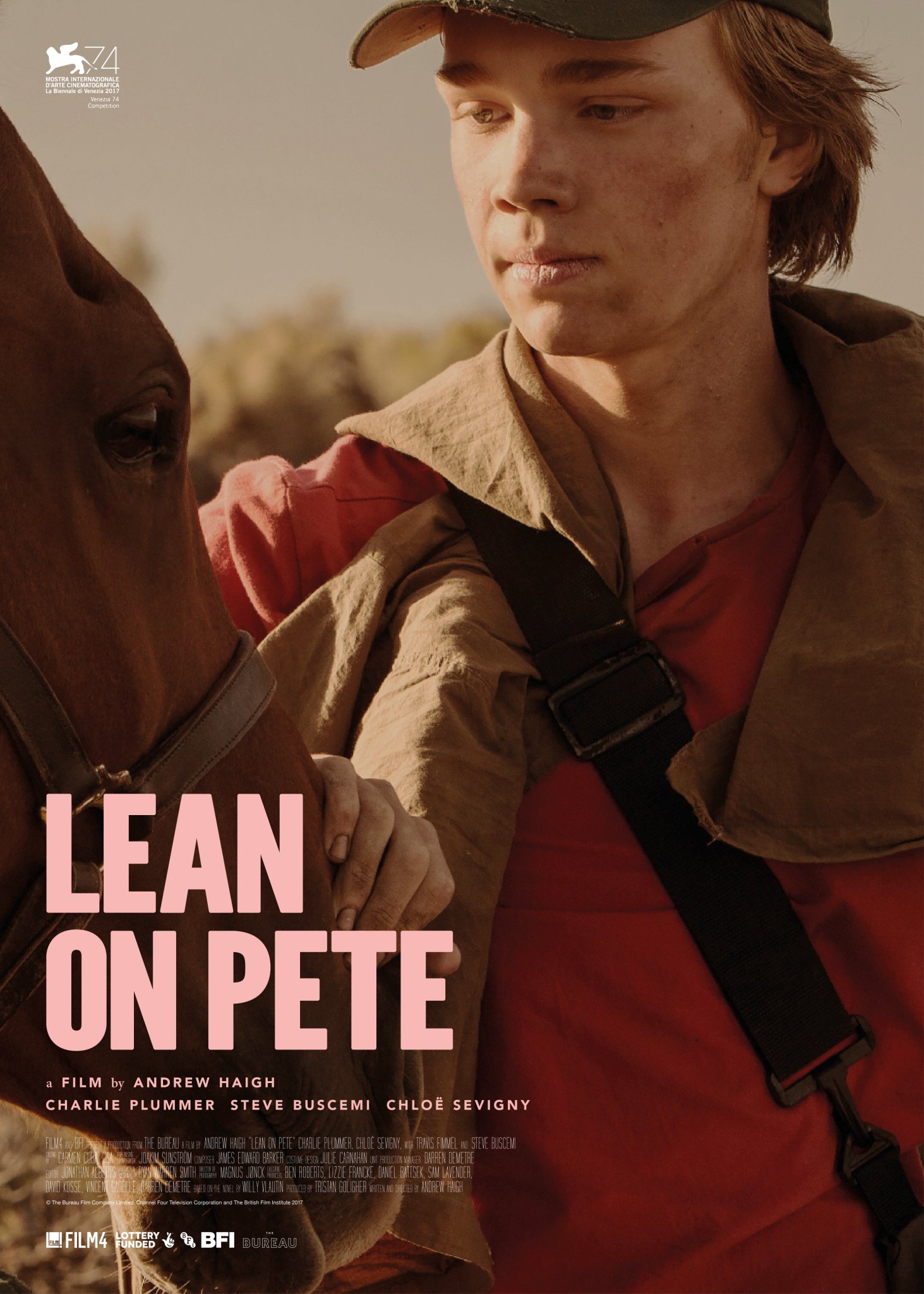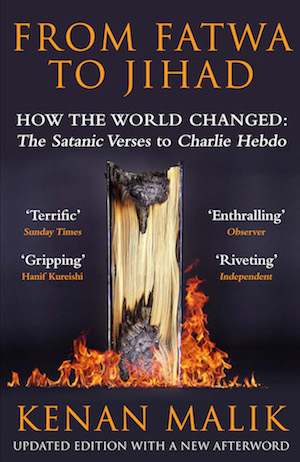One of the categories in my 2017 reading challenge was “a book that takes place in your hometown.” But I live in small-town Iowa and there are no books written about my hometown. I don’t give up easily though, so I widened the category to “a book that takes place in your home state,” which led me to Jane Smiley’s Some Luck, the first book in a trilogy of Iowan history that follows one fictional family over a span of 100 years. And honestly, I could not have found a better book for this part of the challenge even if something had been written about my hometown.
 About the book: Walter Langdon just put a down payment on a new farm. In the year 1920, he’s back from serving in the war, he’s recently married, and he’s moving off of his dad’s farm to try his luck on his own. Walter and Rosanna’s first son has just been born, and the grand adventure of their life begins– even though both of them grew up on farms before they were married, the farm work combined with parenthood seems like the biggest job in the world– and maybe also the most rewarding. They will go on to have five more children as the years progress, and the reader will follow each one of their lives through a history of Iowan culture until a calamitous event in 1953 affects them all– and sets the tone for Some Luck‘s sequel.
About the book: Walter Langdon just put a down payment on a new farm. In the year 1920, he’s back from serving in the war, he’s recently married, and he’s moving off of his dad’s farm to try his luck on his own. Walter and Rosanna’s first son has just been born, and the grand adventure of their life begins– even though both of them grew up on farms before they were married, the farm work combined with parenthood seems like the biggest job in the world– and maybe also the most rewarding. They will go on to have five more children as the years progress, and the reader will follow each one of their lives through a history of Iowan culture until a calamitous event in 1953 affects them all– and sets the tone for Some Luck‘s sequel.
First of all, I know Some Luck is not going to be the book for everyone. There’s going to be a very small audience that appreciates it, which is a shame, but I understand it. It’s about Iowa. It’s about farming. It’s about family. There’s not much plot, though some events carry over for months or even years through the narration. The book is divided into chapters by year– I assume in the entire trilogy there will be one hundred chapters, as the saga covers 100 years. Book one covered 33 years, from 1920-1953. It’s further divided into unlabelled sections within each chapter for different perspectives and events that happen within that year. And it all adds up to: a sort of Little House on the Prairie from later in history, geared toward adults.
“Of course, his father laughed. He could afford to laugh– he owned his farm free and clear. And more than that, his father always laughed at farming and what a joke it was on the farmer.”
It sounds pretty unimpressive so far, right? At first, I too was unimpressed. The book opens on a new family settling into their new farm, and several of the earliest sections in the book are “narrated” by the new baby. I’m talking surprisingly intelligent babble about waving spoons and rolling over and teething. But this first baby is going to be important to the story, and after only a couple of years, he does become a pretty interesting narrator. I was addicted about five years in.
“On a farm, you knew that you could die from anything, or you could survive anything.”
I should be able to explain what’s so great about Some Luck after reading all 400 pages of it, but it’s hard to put into words exactly where the magic comes from. The characters are generally quiet people, with simple, hard-working lives. There are births and deaths and marriages. But each character has their own personality– they are unique in the way that their family members see them and in the way that they see themselves. It’s incredible to see the difference between those two points of view. And it’s incredible to see such ordinary lives in such an ordinary way; the characters are not particular heroes or villains, there are no fantasy elements, the story is not especially driven by romance or revenge or learning, though all of those things happen and more. It’s just a story about some fictional people in a mostly real setting (the Langdons’ hometown is fictional, though many real Iowan towns make an appearance) that reminds its readers that we’re all human, and we’ve all got our own story to tell. Even if you think your story isn’t much, it exists, and it’s yours, and even if the people who will understand it are few and far between, they’re out there. That’s the magic of Some Luck. It’s quiet, but it’s not trite.
It’s like the stories that your grandparents tell, if your grandparents are farmers. It’s a whole way of life, and like all cultures, it comes with its own particular hardships and rewards. You can die in a freak storm, or you can fall down a well and then go about your day as if nothing unusual has happened at all.
My reaction: 4 out of 5 stars. I will definitely be continuing with this trilogy. I know that Smiley also has published a Pulitzer Prize winner, which I might also check out eventually, but my first priority is The Last Hundred Years trilogy. And I think reading it as a trilogy will bring out the best aspect of the story: the gradual change. Even in one volume, thirty-three years, every chapter has felt like a continuation of what came before, and most of it is unremarkable, just the regular progression of seasons and life on a farm. And yet over the course of those thirty chapters, everything changes. I’m excited to see how things will look as the timeline approaches the current year.
Further recommendations:
What’s next: I am ALMOST DONE with my 2017 reading challenge. Barring some unexpected disaster, I should have no trouble fitting in the last two books I need this year. The next on that list is Homer’s The Iliad, the famous classic about Achilles and the Trojan War, and other well-known characters from Greek mythology. I’ve read some of this book before, but never finished. I’m starting over today.
Sincerely,
The Literary Elephant
Advertisements Share this:




